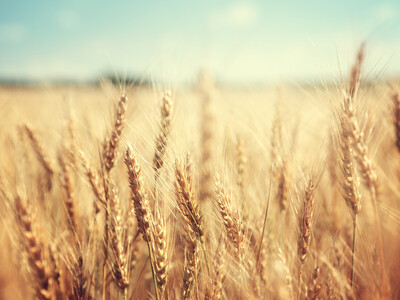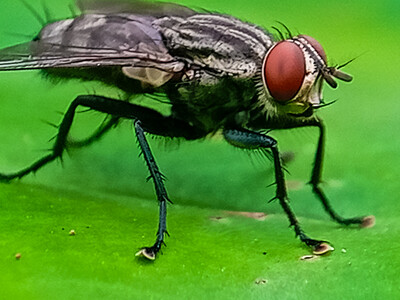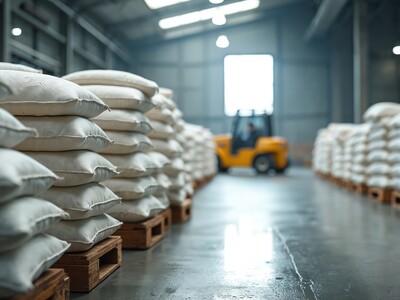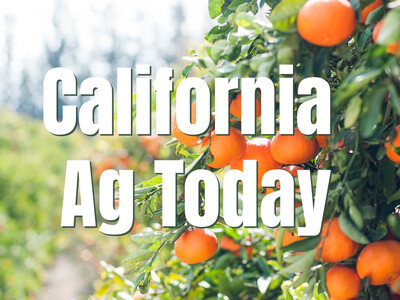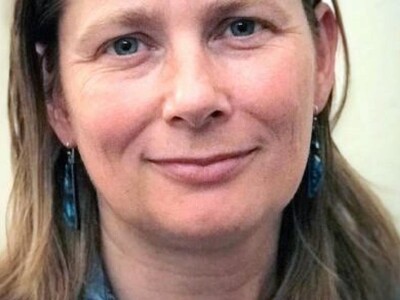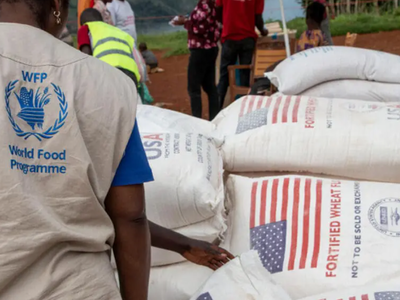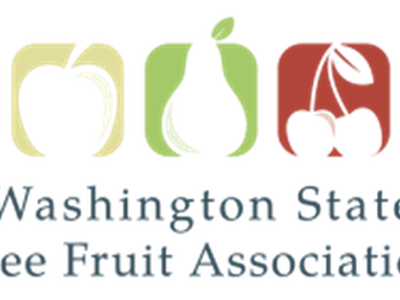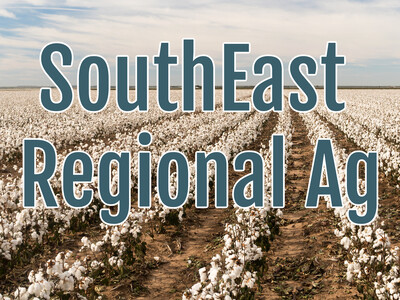Sheep cows and cheatgrass
A widespread problem on Nevada rangelands is frequent and large wildfires, often due to cheatgrass. Doctoral student Tracy Shane, with the University of Nevada, Reno College of Agriculture, Biotechnology & Natural Resources, recently began a project using cutting-edge technology to see how sheep and cattle grazing might help control cheatgrass.Cheatgrass is an invasive species from Eurasia that spreads quickly and is extremely flammable. It also creates its own safe space to grow – the more dead cheatgrass and additional plant material left on the ground, the more easily cheatgrass establishes over time.
Barry Perryman, professor and chair of the College’s Department of Agriculture, Veterinary & Rangeland Sciences, previously collaborated with a team of faculty with the College’s Extension unit to study the impact of cattle grazing on cheatgrass during the fall, rather than in the spring, when cattle traditionally graze on the grass. The idea was that the fall grazing would help reduce the amount of dead plant material for the following fire season. Results from one study showed that in prescribed burn areas where some plots were grazed in the fall and some were not, land managers were unable to even get a fire to burn through the fall-grazed plots.
“Through fall targeted grazing, we can change the fuel characteristics of the cheatgrass-infested pasture, which reduces the probability that we get a wildfire and increases the chances of being able to control such a fire,” Perryman said. “It might even help save a life or some property.”




